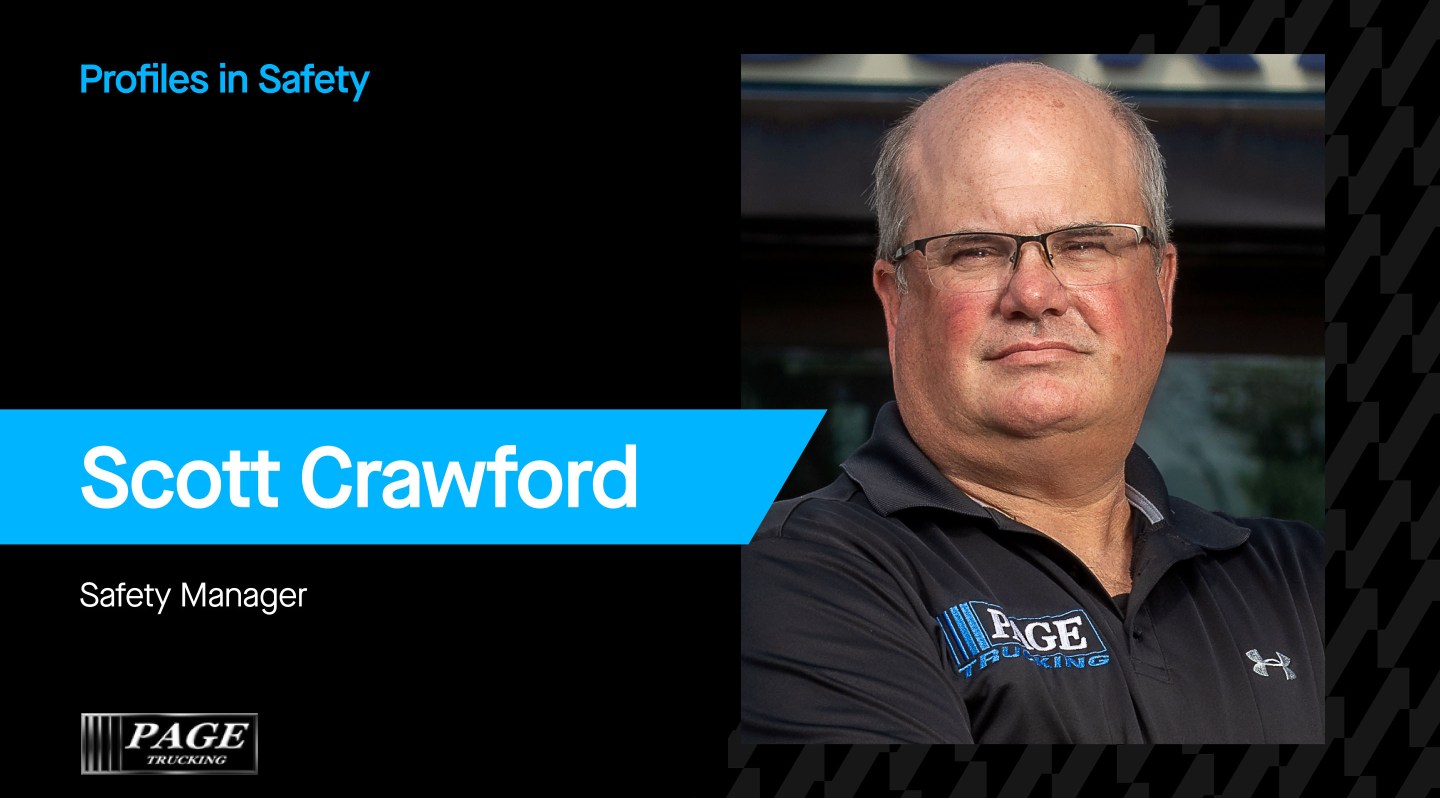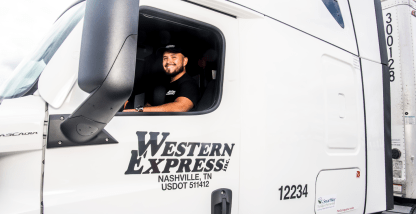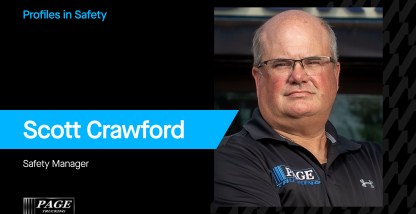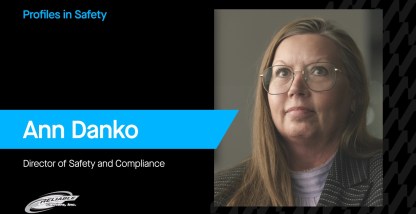Page Transportation Safety Manager Scott Crawford admits he was not immediately sold on electronic logging devices (ELDs) and dash cameras.
Fast forward a few years, and Crawford concedes, “Now here I am on the other side of the camera and I’m the biggest proponent of it.” What made him change his mind? We found out in a conversation about the ways ELDs and dash cameras benefit his safety team at the trucking and logistics company in Weedsport, New York. An edited transcript of the discussion follows.
First, we asked Crawford to share how he became safety manager for Page Transportation Inc.’s nearly 300 fleet vehicles.
Scott Crawford on ELDs and dash cams
I drove trucks for 25 years. I had my own trucking company. I sold it about seven years ago. I’d been on the road forever and wanted to scale back. I ended up at Page and driving locally. Then, the safety manager position came open and I got nudged into it.
I’ve been doing this for almost two years now, and I really enjoy it. It keeps me in an industry I love and Page is a great place to work. I also think it helps being an ex-driver because I can relate more. It’s hard to teach someone or coach someone when you’ve never done it. It gives our safety team a lot better communication with the drivers.
Page already had its ELDs in place when Crawford took on his role, but his safety team has spearheaded the effort to get dash cams widely accepted. The transition met some challenges.
We have about 300 trucks, but about 80% are owner operators. These drivers don’t want somebody spying on them. A lot of times people don’t like the camera because they say, “If I did something wrong, that’s going to prove that I did something wrong.” I tell them, “Yes, it is, but it also lets us set up our defense to begin with and if you’re in the wrong we need to settle this as quickly as possible.”
Exonerating drivers
Fleet safety technology has helped with exonerating drivers, Crawford says.
The cameras help place the blame where it has to be. We’ve had three or four exonerations. Even with a forward-facing camera, you can show our truck didn’t change lanes and you can get that footage to the driver when they are still on the scene. They can show the police officer the facts and they will ticket the other driver.
Improving driver behavior
The technology is all the more important now as there’s more traffic on the road and driving behaviors are changing, according to Crawford.
There’s a lot more technology in cars and trucks and I think a lot of drivers are getting distracted. Lane departure and collision avoidance things are great, but some of that technology gives a false sense of security. People depend too much (on the technology) and are not paying attention to their surroundings the way they used to.
So, we want to be proactive. All of our company equipment has Motive equipment in it. We’re also doing a beta test with Motive of the side-view cameras (AI Omnicam). Most of any collisions we have — probably 75% in this past year — are side impact. So, that’s going to be a great tool for us.
We want to have the AI inward-outward facing cameras too to see if we have drivers following too close or on the phone. We’re not using those on everybody at this point.
Getting feedback on Motive dash cams
Overall, Motive benefits Page in many ways, Crawford says. Even the most vocal opponents among drivers are now fans.
The drivers sometimes say: “You don’t need to tell me how to drive.” But I ask them to just try it, see how it can help them to coach themselves.
One of our drivers goes around telling people how every day now he sees all these things almost happen and he thinks: “Wow, if that was just a little bit different that camera would have saved me.”
For our safety team, it’s great to have support making our drivers better at what they do. You have a camera with a hard brake, and you can call the driver up and say: “This is because you were following too close or it was six seconds before you responded to that lane change.”
We don’t coach on everything that comes across. We look at it on a case by case basis, but we’ll call the driver if we think it’s serious.
The dash camera video saves us a lot of time. Back when I first started, I looked at a lot of video. Now, we look at 60-75% of what I was looking at. So it does work.
We’ve even had drivers call us up to say: “Hey, you’re going to see this, and I wanted to let you know.” So, it’s obviously making them more aware.
Asked what he’d say to someone else considering Motive, Crawford recommended embracing technology instead of fighting it.
It’s a good product. We’ve made a lot of asks of Motive, and some strange situations, and we’ve had outstanding customer support. I believe Motive’s gone above and beyond to customize things for us.
Explore Motive fleet management solutions
See how Motive can help your fleet with ELD compliance and driver safety. Request a tour today.








